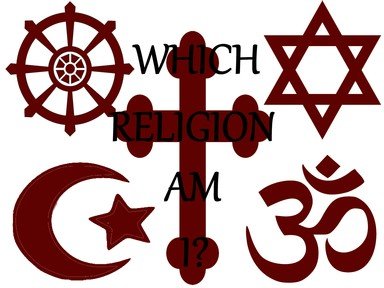
Which Religion Am I? Trivia Quiz
This quiz contains fifteen different religious Holy Days from five different religions around the world. You just need to place them into the right categories.
A classification quiz
by Midget40.
Estimated time: 3 mins.